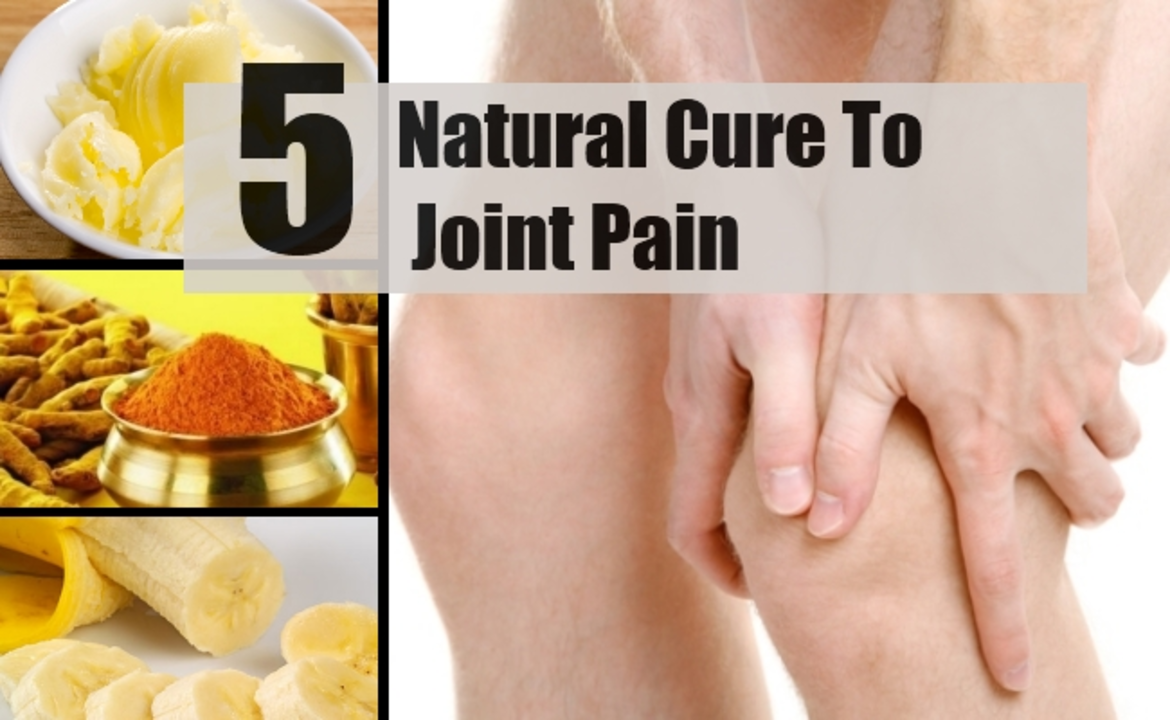As a blogger, I recently explored the world of natural remedies for joint pain. Through my research, I discovered that some effective options include turmeric, ginger, and omega-3 fatty acids, which have anti-inflammatory properties. On the other hand, I found that some remedies, like applying heat or ice, may only provide temporary relief. Overall, it is essential to consult with a healthcare professional before trying any new treatments, as not all natural remedies may work for everyone. Remember, it's crucial to find the best solution tailored to your individual needs.
Ineffective Treatments: How to Spot Them and Stay Safe
Ever seen a product promise fast cures with no proof? Bad treatments hide behind bold words, flashy websites, and celebrity quotes. This page gives hands-on tips to spot ineffective treatments, avoid wasted money and harm, and pick safer, evidence-backed options.
Red flags to watch for
Say no to miracle claims. Phrases like "cures everything," "no side effects," or "scientists stunned" are often marketing, not medicine. If a product relies on testimonials instead of studies, that’s a warning sign — real treatments point to trials or approvals.
Watch for tiny or unpublished studies. A single small trial, especially if run by the company selling the product, is weak evidence. Check whether results are replicated by independent researchers and published in peer-reviewed journals.
Be suspicious when a medication that normally needs a prescription is offered without one. Legit pharmacies require prescriptions for certain drugs. If a site sells prescription meds without asking, it may be unsafe or illegal.
Look for missing safety info. If an item lists benefits but hides side effects, drug interactions, or who should avoid it, treat it like a red flag. Honest sources list risks as clearly as the benefits.
Practical steps you can take right now
Check approvals and guidelines. For drugs, look for approvals from regulators like the FDA or EMA and guidance from medical societies. For supplements, remember they aren’t held to the same standards — that doesn’t mean they’re effective.
Read study basics, simply. Useful studies have a control group, enough participants, and clear results that matter to patients (like symptom change or fewer hospital visits). If a study only measures a lab number without real-world benefit, it may not help you.
Ask clear questions to your clinician: What evidence supports this? How long should I try it? What side effects should I watch for? If your doctor can’t point to solid evidence or a realistic timeline, ask for a second opinion.
Shop smart. Use reputable pharmacies and check reviews from independent sources. Avoid sites that pressure you with limited-time offers or push large upfront purchases. Our site, Evo-Pharmacy.com, has guides on safe online pharmacies and trustworthy alternatives if you want a starting point.
Set a stopping point. Agree with your clinician when you’ll reassess — for many treatments that means a few weeks to a few months, depending on the condition. If there’s no measurable benefit by that time, don’t keep paying for hope.
Trying to avoid ineffective treatments doesn’t mean mistrusting every new idea. It means asking the right questions, checking evidence, and keeping safety first. If you want help evaluating a specific product or article, bring the link and we’ll walk through the evidence together.

